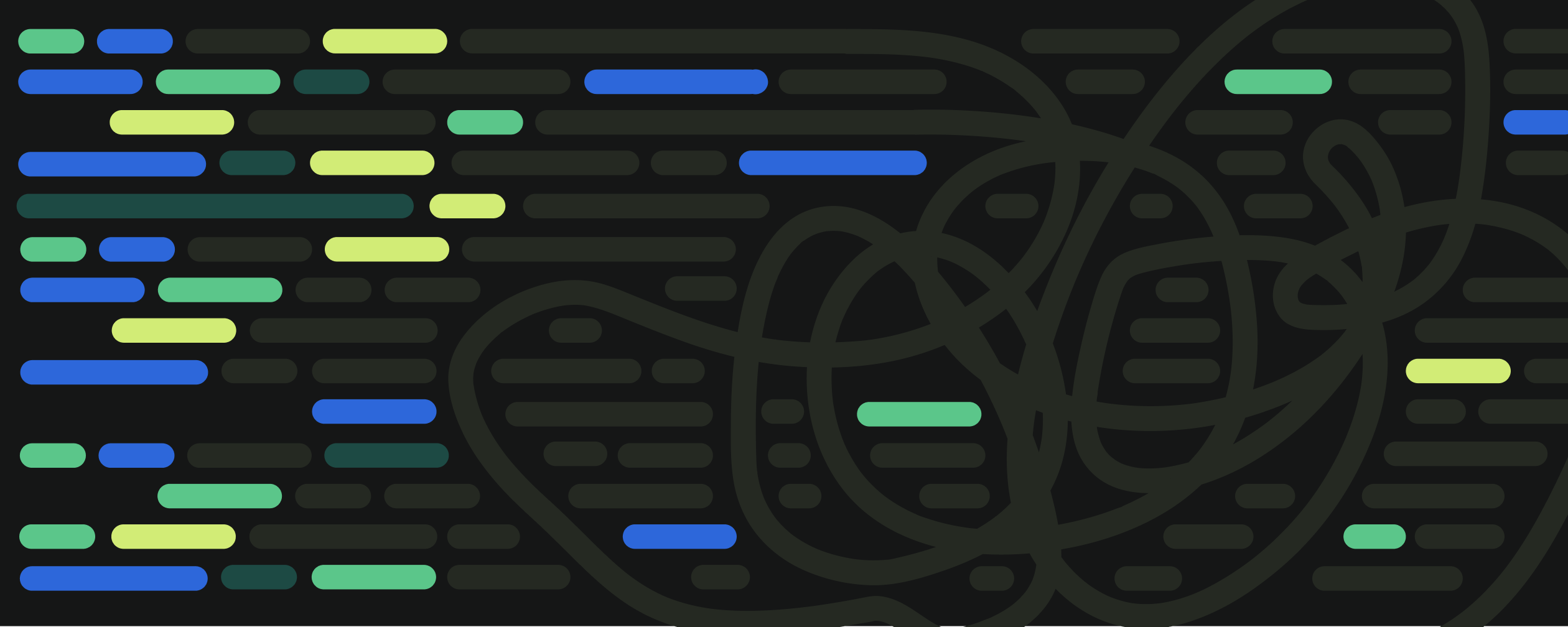Blend has a new CMS partner! Check out all the details on our newest supported platform.
Design Through Discovery: Blend's Strategic Design Philosophy
Blend’s strategic design philosophy is one of Design Through Discovery: we design in a way that's usable, useful, and collaborative with those who will use and maintain the final product.
8/20/2020
Authored by
Categorized
In practice, web design depends on more than just the colors and buttons on your site — it’s also the process you and your web team use to get to those graphic elements; the way content is modeled, and the way users find answers, and the way that results are backed up and proven.
With this, Blend wants to provide a bit of insight into how we plan for and solve complicated content problems through strategic design.
This is our strategic design philosophy.
Blend’s strategic design philosophy.
Blend’s strategic design philosophy is one of design through discovery. We know that we are building websites, not creating art, and therefore we must design in a way that’s usable, useful, and collaborative with those who will maintain the final product.
But, we also understand that there is an art to making complex concepts more simple. This means we strive to:
- Create fast sites that communicate effectively
- Build with every user in mind, regardless of ability
- Keep content fluid and changeable
- Build a partnership of trust between design and corporate expectations
So, what is “strategic design"
At Blend, strategic design consists of visual and conceptual interpretation of user needs. While elements of project management and development are almost always included as part of the strategic design process, the process itself consists of four main practices:
- Content Strategy and Information Architecture
- Visual and User Experience Design
- Technical Planning and Scoping
- Product Ownership and QA Testing
When we talk about strategic design at Blend, we’re talking about two different things: the philosophy of strategic design, and the practice of strategic design.
The philosophy of strategic design: design through discovery.
Blend’s philosophy is Design Through Discovery. In short, content, design, and functionality decisions are fueled by research and planning. Borrowing tenets from the “double diamond” approach to design, our philosophy for design includes four main points:
- Learn — Through discovery, we learn what you (and your users) need. We inform our intuition.
- Focus — Using what we’ve learned (from you, and from our decades of experience) we make a recommendation.
- Create — We build solutions to complex content problems through smart modeling, elegant design, and top-tier development skills.
- Deliver — You get what you’re looking for, but only after we test.
The practice of strategic design: learning, building, and testing.
The practice of strategic design is an iterative interpretation of the linear philosophy we mention above. For any client relationship, we strive to:
- Inform our intuition
- Build user-focused recommendations and solutions
- Test our findings with real people
Our philosophy forms the backbone for the individual practices under the strategic design umbrella.
For example, within the practice of content strategy and information architecture, the four points might look like this:
- Learn - Research on the current product and what users need
- Focus - Refining research to create a focused recommendation
- Create - Acting on that recommendation, such as creating a site map
- Deliver - Testing the recommendation, such as site map testing
Most of the time, these steps overlap from practice to practice. The decisions made in “developing” a site map also serve to “develop” site navigation, to be used in visual design. Additionally, the decisions made in “defining” technical requirements serve to also “define” the scope of development testing.
Strategic design and your project.
To sum this all up, and to borrow an idea from our article on project discovery, the case for strategic design isn't hard to make: step back, take a deep breath, and understand what your users are trying to do, and how your editorial team will manage those expectations.
More than anything, understand that strategic design is a path toward solving problems. Toward finding solutions.
Toward pointing someone in the right direction, with the assurance that it's been thoughtfully considered and vetted. With you and your users in mind.
Strategic design.
More than simply driving conversions, strategic design focuses on fulfilling promises. That means usable interfaces without surprises, design that complements and enhances content, and an architecture focused on helping your audience find solutions.

Discovery and Research
Our process begins with research and discovery. Because designing with intent means understanding the people behind each decision.
Strategy
A website depends on content, design, and functionality — strategic planning helps make sure all three work in concert.
Design
Driving user goals through sharp design and thoughtful pathways: experience design with decades of experience.
Accessibility
Your site belongs to everyone. Web accessibility standards help make sure your site is as inclusive as possible.
Our thoughts on web strategy.
Read articles on web strategy.
Connecting Patients and Providers: A Guide to Upgrading Provider Search for Children’s Hospitals
When it comes to our children, even the smallest health concern can feel overwhelming. A lingering cough becomes a source of panic. A late-night fever turns into a frantic search for answers. In those moments, clarity and reassurance matter more than ever. But too often, the first point of contact — a hospital’s website — adds more confusion than comfort.
On Technical Debt
It doesn’t matter how fast you move or how much you plan; websites accumulate technical debt.
Things Take Time. Take Time.
If you’re reading this, you probably know the drill. Business moves fast, and communication needs to move fast with it. It’s not just fast-paced — it’s breakneck; the world demands instant gratification, and our products and services fight, and at times struggle, to keep pace. Our world values efficiency and speed, oftentimes above anything else.


